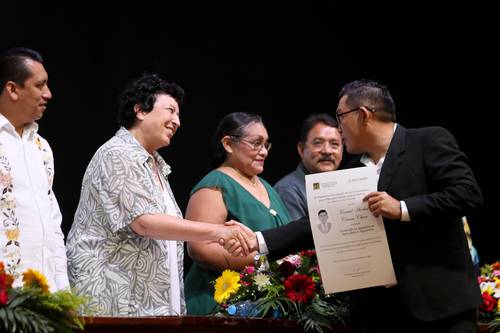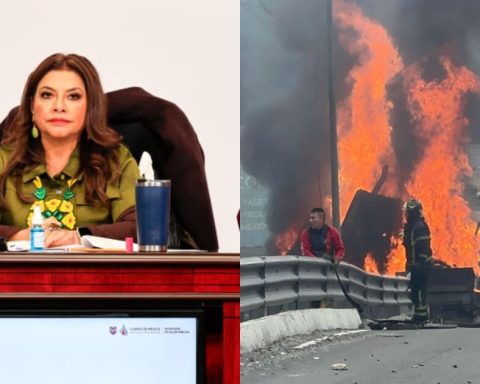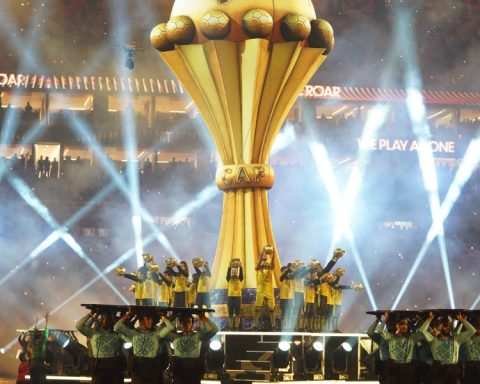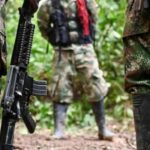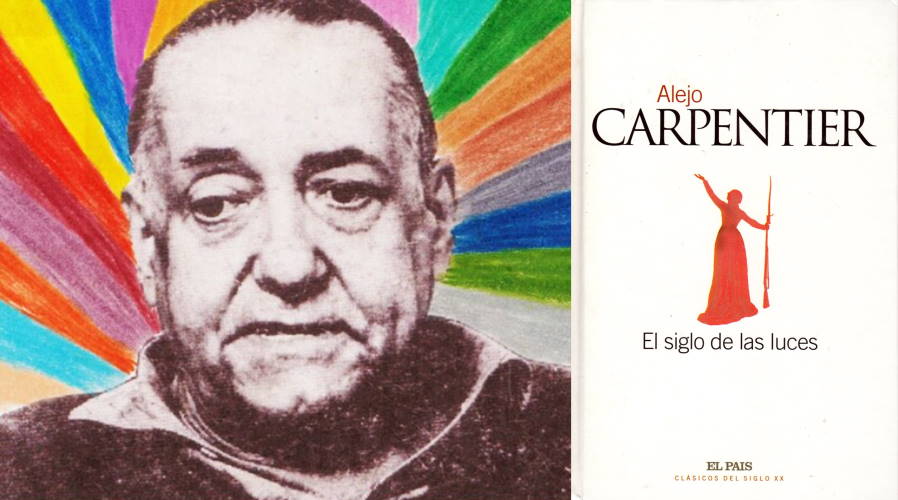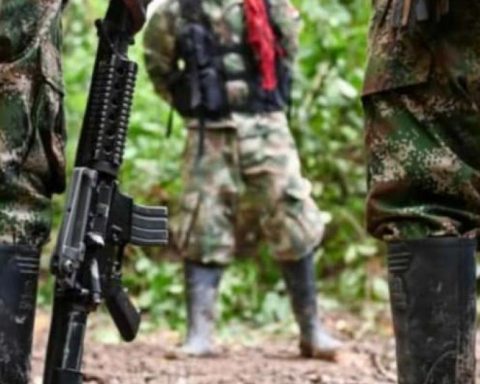▲ The coordinator Raquel Sosa led the delivery of the bachelor’s degrees in agriculture and agronomy on September 30 in Calkiní, Campeche.Photo Roberto Garcia Ortiz
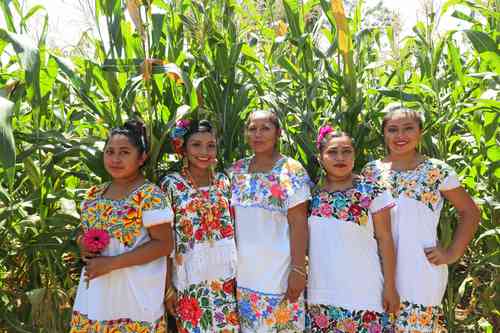
▲ Students show the ethnobotanical garden at the Calkiní campus, in Campeche.Photo Roberto Garcia Ortiz
Laura Poy Solano
Newspaper La Jornada
Friday, October 21, 2022, p. two
Conceived to train professionals in the most remote and marginalized communities in the country, the Universities for Benito Juárez Welfare (UBBJ) promote an educational program that is not politically pressured by a group or by a party or by other interests, including religious ones
assures Raquel Sosa Elízaga, coordinator of this social organization.
In an interview with La Jornada, the doctor in sociology and history, responsible for 145 UBBJ branches throughout the country, highlights the autonomy of these schools with respect to state and municipal governments. She is pronounced because there is a permanent and growing investment to guarantee its work
from the federal government, which is in charge of its financing, from its creation.
Since 2019, these universities have had an annual budget of one billion pesos and it will be until 2023 when they receive an increase of close to 50 percent, according to the project of the Expenditure Budget of the Federation, soon to be approved.
Until now, 107 UBBJ branches have their own facilities and 30 more are under construction, which gives enormous peace of mind to the communities that we continue to advance, that we are not going to leave
affirms Sosa Elizaga.
It highlights that with the collective support of parents and students they have managed to overcome multiple obstacles to install the venues, from the shortcomings faced by the localities due to the marginalization and poverty in which they find themselves, to the defamation campaigns against the schools.
We do not compete with anyone nor do we want to annoy anyone. We have our own space and we are responding to a historical desire of the communities, to fully enjoy the right to education
underlines.
More than three years after the creation of the UBBJ program, currently with a service capacity of 130,000 students, Sosa Elízaga, a university professor with 50 years of teaching experience, points out that, without any type of promotion, this year 280 communities more demanded a seat of the university. Of these, 38 were selected, which is why feasibility studies for their creation have begun.
–How is the creation of the headquarters advancing and what response do they have in the communities?
-We are doing very well. It does not mean that we are perfect, much less that we have all the problems solved, but we were not wrong when we thought that this should be a community work with parents, commissioners of communal property and municipal presidencies. That is the basis of the community and of harmonious work.
Parents have been extraordinarily responsible and are sometimes more punctilious than we would have imagined. They take care of the school’s resources to the last and are capable of confronting a construction resident if they consider that he is buying at higher prices or doing something that is not authorized. Then, they call us to clarify any doubt or problem.
–One of the characteristics of the UBBJ is its pedagogical model focused on the problems of the communities, how is its application going?
–We are in a very interesting stage, because based on our experiences with the Kaleidoscope model (it conceives of learning as an exchange relationship between free subjects) we will begin a review of our study plans.
“We need to assess whether the topics in the study plans are adequate, if they are not repeated and if we have the possibility of having the balance that we require so that classroom work, being very important, does not displace practice work, which is the foundation of everything we have.
We want experiential references that tell us what we are learning and why. All school cycles have a purpose, so the organization of the topics and the learning sequence between different teachers does not allow any of them to appropriate the school cycle.
–How much did the covid-19 pandemic affect school dropout?
–We suffered a loss of 13 percent of students in the last school year. In these universities we try not to lose communication with our students and teachers. We seek to know the needs of families and, to the extent of our possibilities, offer some support.
We are in complicated and difficult places where there has been a lot of violence, and we do not distinguish between students. We are very respectful of everything and we know that there are communities very wounded by violence.
– Do you consider that they have fostered a restoration of the social fabric?
–Yes, to the extent of our possibilities, but on new bases. When the disaster swept away an entire town, there is no longer any possibility of recovering the normality of before, but you have to find how to reconstitute a normality in other terms, and that is what has to happen, especially in places of a lot of violence. .
–With the covid-19 pandemic, the training of future doctors and nurses took up a central role, how do the UBBJ participate?
–There is great interest in health schools. Our integrative medicine and nursing schools are currently full, although the veterinary schools are also very large schools. We foresee growth, and if we have the conditions to do so, that they always have a large component of students.
The vision we have is that both nursing and comprehensive medicine graduates provide first contact care, and it is not that the patient goes to the clinic, but that we go to the community and that we can collaborate in the diagnosis for, if necessary, refer patients to a clinic.
